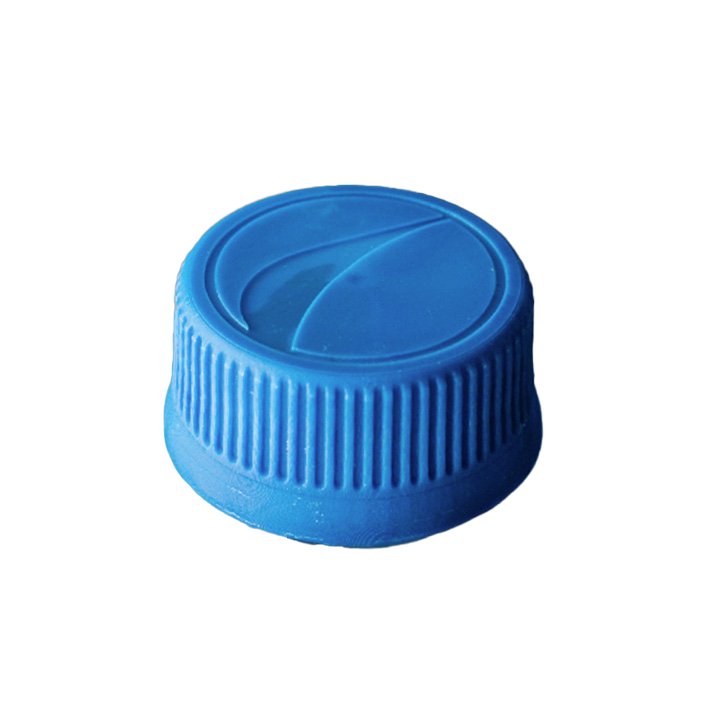Part Design
A bottle cap design often comes in unique brand-specific designs with the added challenge of critical features around the inner part of the cap.

Conventional tooling lacking design freedom and speed.
3D printed tooling enabling unseen speed and design freedom in the desired customer specific materials.
A classic bottle cap for your beloved Pepsi. The material used for this project is PepsiCo blue HDPE.
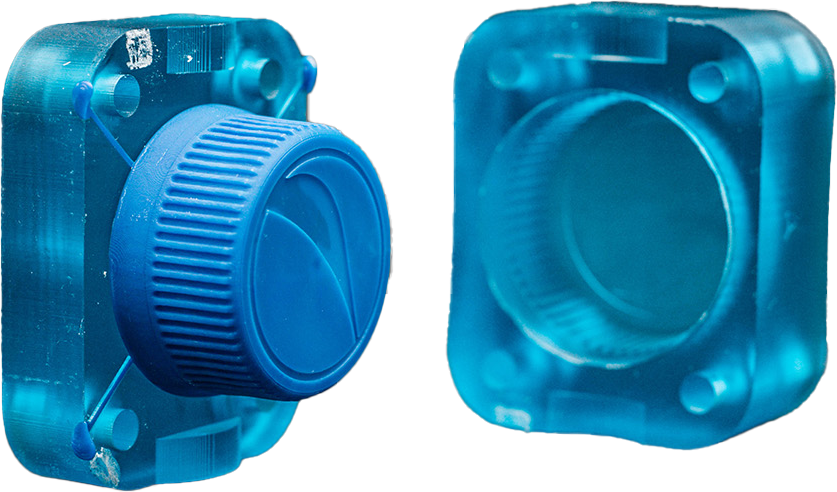
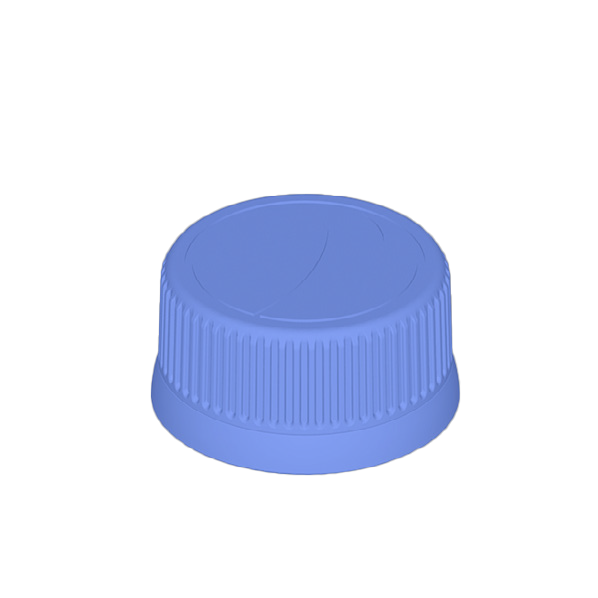
A bottle cap design often comes in unique brand-specific designs with the added challenge of critical features around the inner part of the cap.
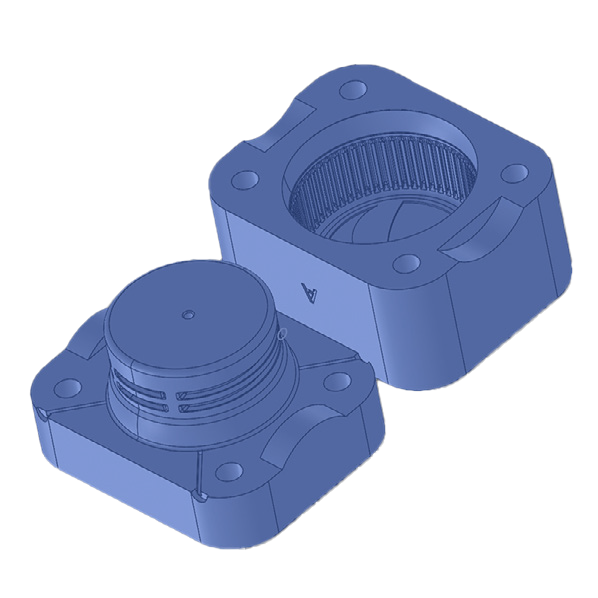
After the design is completed, the digital design (STEP file) in converted into a mold design which is done by inverting the part into a cavity, in a block of material, and then adding the inlet gate(s) and initial venting.
The 2-part initial design allows for quick visual Quality Assurance.
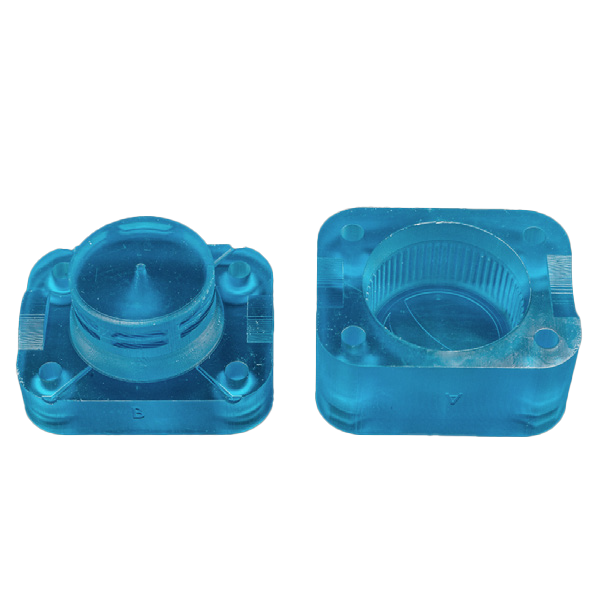
The molds were printed at a 100μm resolution to ensure good mold quality while optimizing the build for fast production.
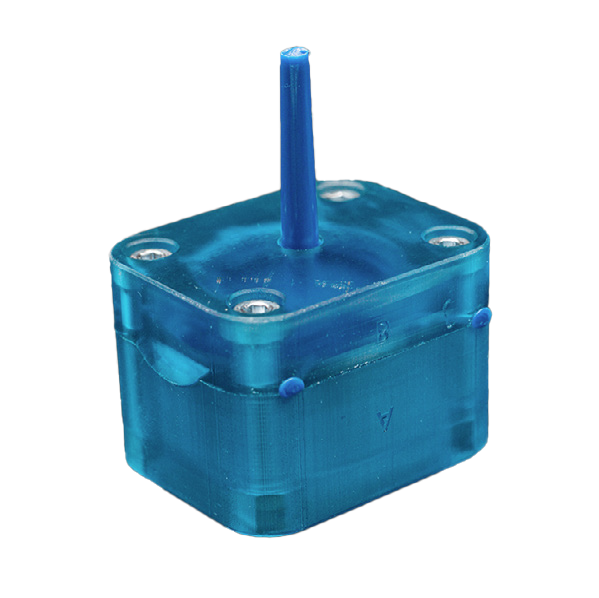
The parts were molded on a 7-ton Babyplast. However, the molds work hand-in-hand with any installed base molding unit.
An aluminum mold frame was used to hold the assembled mold, cycle time per part was around 5 minutes, and 1 minute cooling time was needed after each shot.
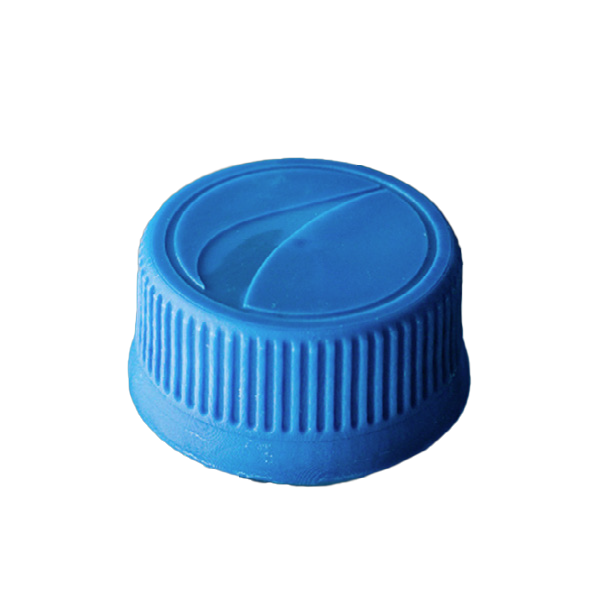
The Nexa3D alkaline solution was used for demolding these parts in just one day.
This time can be optimized through mold re-design, by removing a part of the mold before demolding, or direct removal of the part if possible.
